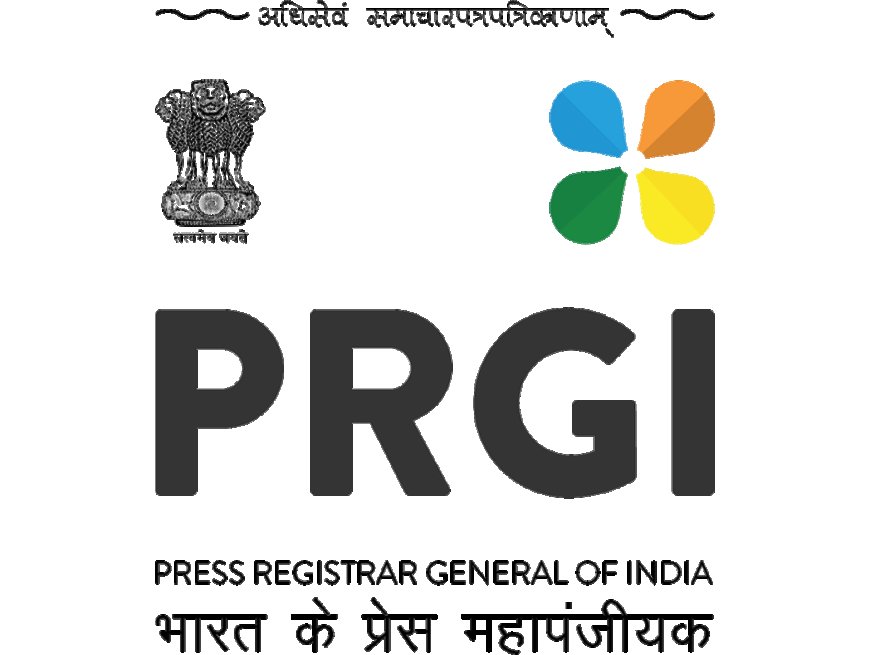YouTube Introduces AI Age Verification System in U.S.: A New Era of Digital Safety
YouTube begins testing an AI-powered age verification system in the U.S., analyzing viewing behavior to confirm user age, aiming to boost online safety.

In a significant move towards enhancing digital safety, YouTube has begun testing a new AI-powered age verification system in the United States. The technology uses advanced algorithms to analyze viewing behavior, content interaction patterns, and other signals to determine whether a user meets the platform’s age requirements. This initiative is part of a broader effort to strengthen child protection online without creating excessive friction for legitimate users.
How the AI Age Verification Works
Instead of relying solely on traditional methods like government ID uploads or credit card checks—which can be cumbersome and raise privacy concerns—YouTube’s AI system studies how users interact with the platform.
The technology looks at:
-
Watch history and genre preferences
-
Engagement speed and scrolling behavior
-
Search patterns and interaction frequency
By detecting patterns commonly associated with different age groups, the AI makes non-intrusive age estimations. If the system flags uncertainty, YouTube may still request standard verification, but for most users, the process will be seamless.
Why Now? Rising Pressure for Online Child Protection
Over the past few years, regulators worldwide have been tightening rules around minors’ access to online content. The European Union, for example, has already introduced stringent digital safety laws requiring platforms to verify user ages before granting access to certain content.
In the U.S., lawmakers have been urging tech companies to take stronger action against underage exposure to harmful media. YouTube’s AI system appears to be a proactive step ahead of potential federal mandates.
Industry experts believe this system could become a model for other platforms.
“AI-driven verification balances privacy and safety better than traditional ID checks,” said a leading cybersecurity analyst. “It’s a solution that scales globally without requiring every user to hand over sensitive personal data.”
Balancing Privacy and Accuracy
While the AI system is designed to minimize errors, false positives and negatives are still possible. Some adults may be incorrectly flagged as underage, while tech-savvy minors could attempt to mimic older user behaviors.
YouTube has emphasized that user privacy remains a priority, claiming that no raw personal data is stored permanently. The AI operates in compliance with data protection laws, and all behavioral patterns are anonymized.
Impact on Content Creators and Viewers
For creators, the AI age verification rollout could mean a more controlled audience environment, with fewer compliance risks. Certain videos that are age-restricted will see more accurate audience filtering, helping advertisers better target content.
Viewers who are legitimately above the required age will enjoy less friction compared to traditional verification methods, as most users will never be prompted for ID uploads.
A Potential Industry Standard?
If the system proves successful in the U.S. rollout, YouTube is expected to expand it internationally. Other major streaming platforms, including Netflix and Twitch, may adopt similar AI-powered safeguards to stay ahead of regulatory requirements.
Digital safety advocates see this as a landmark shift in the way platforms manage age compliance—one that could replace cumbersome manual checks with smarter, faster, and more privacy-friendly methods.
The Road Ahead
For now, YouTube is monitoring feedback from U.S. users, creators, and advocacy groups before committing to a full-scale launch. The company has not disclosed an official timeline for a global rollout but hinted that wider adoption could happen within the next year.
If successful, YouTube’s AI age verification could mark a turning point in online child protection, privacy-friendly compliance, and the role of artificial intelligence in platform governance.











